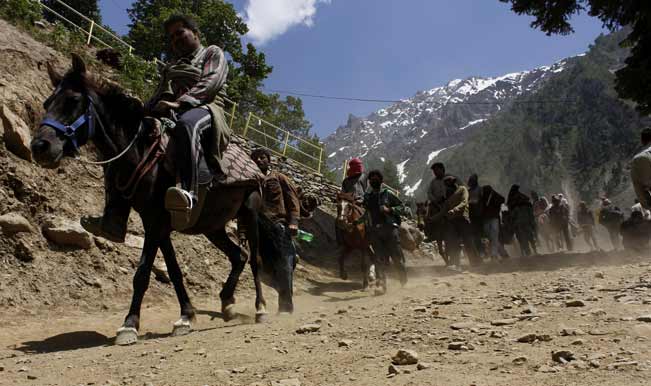
- Select a language for the TTS:
- UK English Female
- UK English Male
- US English Female
- US English Male
- Australian Female
- Australian Male
- Language selected: (auto detect) - EN
Play all audios:
The issue of the world’s population growth has become so shrouded and constricted by political correctness that any meaningful and constructive debate on the issue is rendered almost
impossible. Last week a comment by Prince Harry acted as a reminder of this unfortunate fact. The prince revealed that he and Meghan Markle want “just two children” in order to do their bit
to help save the planet from the “terrifying” effects of climate change. At one level, his views have a certain logic. Fewer children means a reduced carbon footprint, particularly in a
developed country where an average citizen is responsible for producing around 58.6 tonnes of carbon dioxide every year. This is one reason why the British charity, Population Matters, has
urged parents to “Stop at Two”. But unfortunately the issue is, of course, more complicated. This is not just because to ‘stop at two’ would fall short of the replacement level – 2100 births
per thousand women – and so condemn each country to long-term diminution. More importantly, it fails to acknowledge a sharp and obvious difference between the developed world, where so many
indigenous populations are stagnant or in modest decline, and the developing world, where so many are booming and out of control. According to the UN, the 47 least developed countries are
among the world’s fastest growing. More specifically, the UN projects that the world’s population will increase by another two billion over the next 30 years, but that just nine countries
will account for half of that increase: India, Nigeria, Pakistan, Congo, Ethiopia, Tanzania, Indonesia, Egypt, and the US. The consequences of such increases are being felt not just within
those countries, where natural resources are coming under such pressure, but beyond: huge numbers of migrants leave their homelands, risking their lives to make hazardous long journeys to
the developed world. They then import their high birth rates into their countries of destination, notably the US and UK, where our population is rapidly growing even though our indigenous
birth rate is falling. There is, therefore, a very strong argument that only women in developing countries need to restrict the number of children they have. But this clearly raises the
hackles of the politically correct for two reasons. First, this argument has racial and eugenicist connotations. It means that any serious attempt to curb population growth would require the
intervention of the developed (white) world in the affairs of the developing (non-white) world. And secondly, such an observation potentially curtails the rights of women. Whereas feminists
regard ‘education’ and ‘family planning’ as the best approach to addressing the issue, in some countries the sterilisation of women is a popular option. Sterilisation is arguably the most
effective option to tackling unrestrained demographic growth, but it is difficult to imagine Meghan Markle viewing such measures – particularly the sterilisation of women of colour –
favourably. Equally, there is a strong argument for encouraging a high birth rate in the developed world. If the Western world has a steadily growing population, then its prosperous
economies will be better equipped to tackle humanitarian issues elsewhere in the world. The UK and other countries have their own substantial aid budget while international organisations
like the UN, the IMF and World Bank are funded largely by West governments (mainly the US). And the Western world has the human and technological resources to pioneer new advances that will
alleviate suffering and poverty as well as responding to the challenges posed by climate change and other looming catastrophes. This is clearly an argument for larger families in the Western
world, not smaller. Instead of limiting their family size, the Duke and Duchess of Sussex could find more sensible ways of tackling the challenges of demographic growth. Most obviously they
could organise overseas tours to each of the nine most rapidly growing countries. High profile visits and meetings would raise public awareness of where and why this problem exists. Then
they could meet and sponsor politicians and campaigners in Asia and Africa who are already committed to tackling demographic growth in their own native lands, thereby challenging any claims
that population control has any racist or colonialist undertones. Above all, they could find out more about how some religious faiths in the world (notably Islam and Catholicism) have
encouraged such growth or made it harder to resolve it. They could then seek to open an intra-faith debate about how those religions should respond to the challenges of population growth.
They could meet Muslim and Catholic campaigners for such controls. While some of this would mean taking some very delicate steps through a cultural and religious minefield, it would surely
be better and more impressive than regurgitating hollow, virtue-signalling soundbites.








